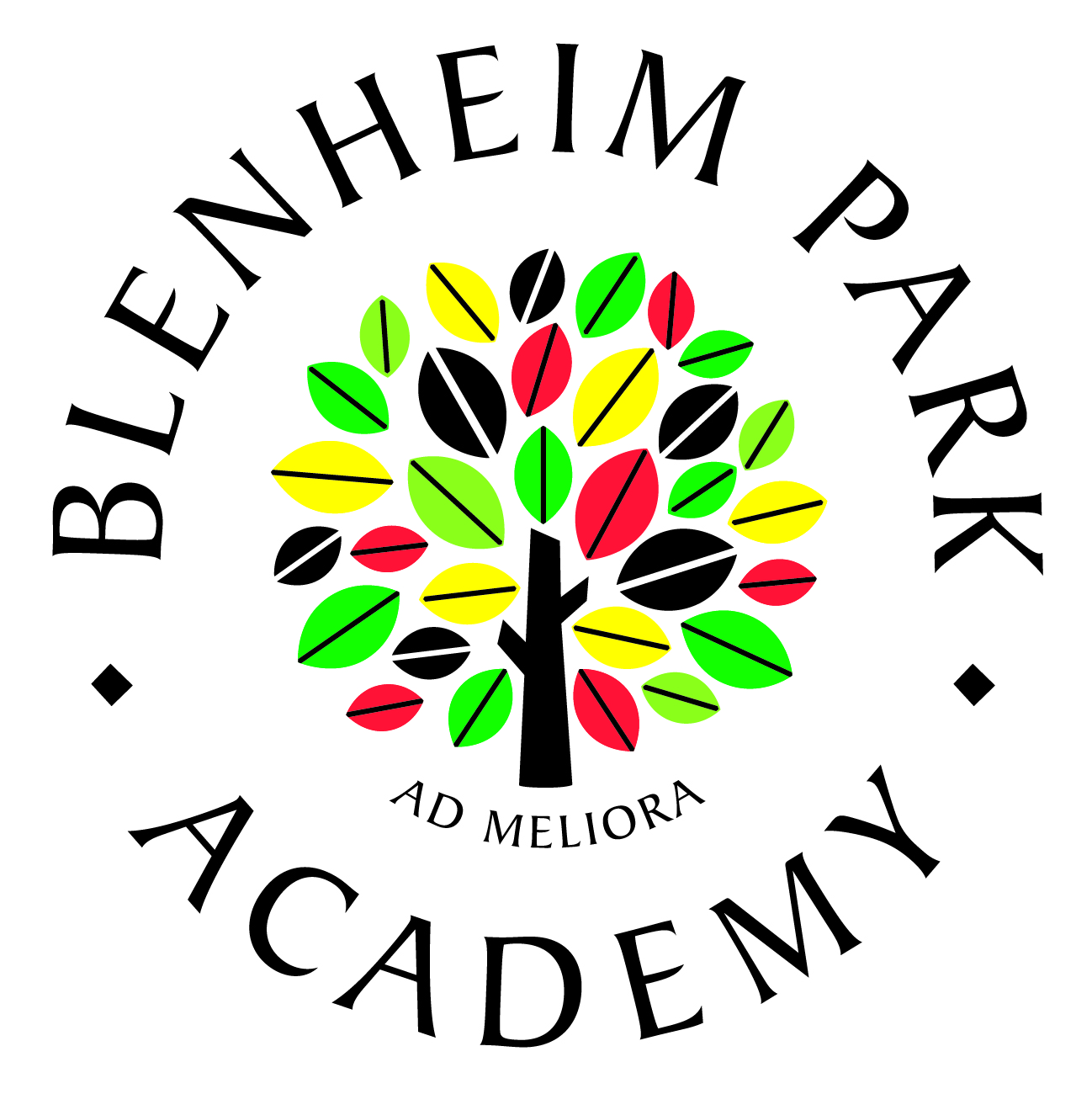Geography
Intent
What is our pedagogy in geography?
Our teaching beliefs for geography are to:
- Help to provoke and provide answers to questions about the natural and human aspects of the world. Children are encouraged to develop a greater understanding and knowledge of the world, its interconnectedness and the children’s place in it.
- Enable children to develop knowledge and skills that are transferable to other curriculum areas and which can and are used to promote their spiritual, moral, social and cultural development.
- The curriculum is designed to ensure that teaching equips pupils with knowledge about diverse places, people, resources and natural and human environments, together with a deep understanding of the Earth’s key physical and human processes.
- Growing knowledge about the world helps them to deepen their understanding of the interaction between physical and human processes, and of the formation and use of landscapes and environments.
- That geographical knowledge and skills are progressive and are sequenced to provide the framework and approaches that provide explanation of how the Earth’s features at different scales are shaped, interconnected and change over time.
- We seek to inspire in children a curiosity and fascination about the world and its people which will remain with them for the rest of their lives, equipping them well for further education and beyond.
Implementation
How is the geography curriculum sequenced?
Overview
Our geography curriculum is structured around three knowledge strands – location knowledge, place knowledge and human and physical knowledge. Geographical skills and fieldwork are taught so that pupils are competent in the geographical skills needed to:
- collect, analyse and communicate with a range of data gathered through experiences of fieldwork that deepen their understanding of geographical processes.
- interpret a range of sources of geographical information, including maps, diagrams, globes, aerial photographs and Geographical Information Systems (GIS).
- communicate geographical information in a variety of ways, including through maps, numerical and quantitative skills and writing at length.
Our curriculum is based on the National Curriculum. Our plans have been developed by subject leaders. Connected Geography resources are used to support our teaching. The curriculum is based on a spiral curriculum model where previous skills and knowledge are returned to and built upon.
Units of learning are designed to ask big questions to broaden children's understanding of the wider world. Geographical vocabulary is explicitly taught knowledge.
To accommodate our mixed aged classes, themes are divided into a 2-year rolling program.
Units are planned to give pupils exposure to a wide range of resources are used including globes, atlases, traditional Ordnance Survey maps alongside apps such as Google Earth and other digital resources.
Geography topic areas covered over a 2 year rolling programme.
What does the teaching of geography look like at Blenheim?
- Geography is taught in class groups over a half term. Three units are taught per year.
- Within each unit of work, the pupils are introduced to new geographical skills and knowledge.
- They explore new ideas by asking open-ended questions.
- The pupils are taught how to use geographical skills to find out about the world.
- The pupils are assessed and given opportunities to demonstrate their knowledge in a range of different ways.
Impact
How do we assess?
Assessment takes place in a number of ways: -
- In the EYFS we use a mix of formal, adult, directed assessment to determine what pupils know, and opportunities provided within Continuous Provision/free flow activities where pupils can demonstrate their understanding.
- Teachers assess during each lesson through questioning, live assessment, circulating and live intervention.
- At the end of the unit, teachers assess pupils against the skills/ knowledge as set out in the progression documents. This assessment is recorded as a RAG rating within the assessment folder.
How do we make learning memorable?
To make learning stick, we use the following strategies:
- We relate different geographical areas to where the children are familiar with.
- We celebrate and encourage children to talk about where in the world they are from or where they have visited.
- Where appropriate, we make the most of visits, visitors and our local environment as a stimuli.
- We use a range of equipment and digital apps to enhance the learning.
- Assemblies and displays are used to show case and celebrate the work that has been done.
